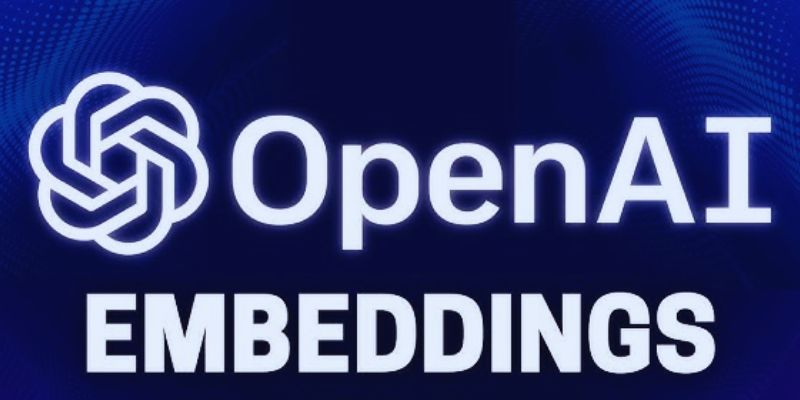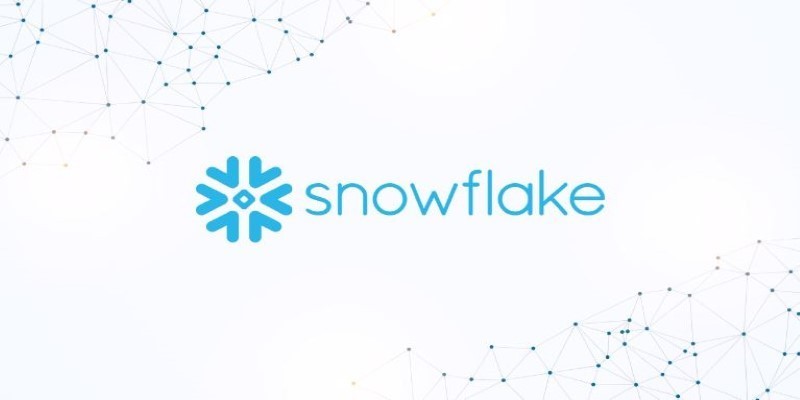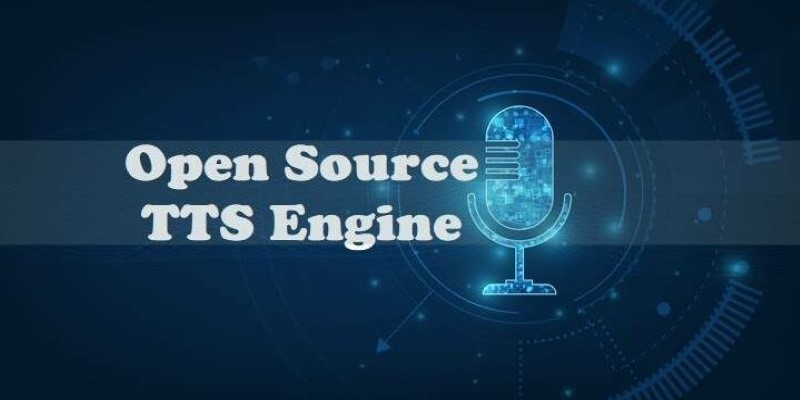Advertisement
Semantic search guides people toward material based on meaning rather than only keywords. It looks at the intention behind a question and transcends precise word matching. Embedding models come in here. They enable computers to interpret documents, phrases, or words. These models transform text into "vectors" or numerical representations of meaning. It lets search systems compare semantics rather than only match words.
Chatbots, websites, and even consumer support systems use semantic search. It enhances user experience really nicely. Finding the correct response quickly becomes more crucial as content increases online. Models of embedding enable such a possibility. We will walk over embedding models' workings in this guide. We will also show how their search systems are enhanced.
Embedding models translate words into vectors—number-based versions. Through their context and relationships, these vectors enable computers to interpret words' meanings. For instance, given their connected contexts, words like "king" and "queen" may have similar vector values. Early embedding models like Word2Vec and GloVe learned these correlations by examining vast text libraries. From that information, they developed patterns based on the frequency of words occurring close to one another.
Words like "apple" and "fruit" would typically have the same vectors. More evolved versions like BERT and Sentence-BERT emerged as technology developed. Not only single words; these models may depict whole sentences or even complete papers. It helps children to grasp nuanced meaning and context better. Semantic search—where knowledge of the entire question counts—makes these sentence-level embeddings very helpful.
Semantic search seeks the meaning behind a question rather than merely the precise words used. The system initially converts a question someone types into a vector using an embedding approach. It does the same for every document or bit of data it possesses. These vectors are subsequently subjected to vector similarity comparison. Cosine similarity—which gauges how closely two vectors point in the same direction—is a standard method.
Though the words are distinct, if the vectors have comparable directions, the meanings are close. This lets the system produce the most pertinent answers. Searching "How to fix a flat tire," for instance, might coincide with a page called "Steps to repair a punctured bike wheel." The concepts line up even with differing language. Embeddings enable such intelligent search. Especially for difficult or conversational inquiries, they result in improved responses and a more user-friendly interface.

Semantic search makes use of numerous well-known embedding models with different advantages. These are a few of the most often-used ones:

A semantic search system consists of three key components:
Embedd all of your papers first. For everyone, this generates a vector. Save those vectors in an FAISS, Pinecone, or Weaviate-style specialized database. Then, integrate the query a user enters, too. Look then for the closest matches in the vector database. Most likely, these matches are the most pertinent materials. The viewer may then view the top results here. It produces a more exact and seamless search experience. You can also adapt your model to work better for your particular material.
Semantic search emphasizes meaning rather than only matching words, so providing a better search experience. It is more helpful than conventional search for numerous main reasons. These are the primary advantages:
Semantic search is reshining our interactions with knowledge. It produces better outcomes if one emphasizes meaning rather than just keywords. The foundation of this system is embedded models. They translate papers and words into vectors robots can grasp. It facilitates the search for useful responses even in cases of different languages. Semantic search enhances correctness and user experience from websites to chatbots. Building such systems is now more feasible than ever using technologies such as BERT, SBERT, and vector databases. Semantic search lets us quickly and meaningfully find what is truly important as content expands online. The direction of intelligent search is forward.
Advertisement

Want to run LLaMA 3 on your own machine? Learn how to set it up locally, from hardware requirements to using frameworks like Hugging Face or llama.cpp

Learn how to make your custom Python objects behave like built-in types with operator overloading. Master the essential methods for +, -, ==, and more in Python

Snowflake introduces its new text-embedding model, optimized for Retrieval-Augmented Generation (RAG). Learn how this enterprise-grade model outperforms others and improves data processing

Need to round numbers to two decimals in Python but not sure which method to use? Here's a clear look at 9 different ways, each suited for different needs

Looking for a solid text-to-speech engine without the price tag? Here are 10 open-source TTS tools that actually work—and one easy guide to get you started

MIT is leading a focused initiative to integrate AI and emerging technologies into manufacturing, prioritizing real-world impact for manufacturers of all sizes

The IBM z15 empowers businesses with cutting-edge capabilities for hybrid cloud integration, data efficiency, and scalable performance, ensuring optimal solutions for modern enterprises.

Follow these essential steps to build a clean AI data set using Getty Images for effective and accurate machine learning models

Learn how the SQL SELECT statement works, why it's so useful, and how to run smarter queries to grab exactly the data you need without the extra clutter

How can machines better understand videos? Explore how X-CLIP integrates video and language to offer smarter video recognition, action recognition, and text-to-video search

Need to merge results from different tables? See how SQL UNION lets you stack similar datasets together easily without losing important details

How to supercharge your AI innovation with the cloud. Learn how cloud platforms enable faster AI development, cost control, and seamless collaboration for smarter solutions